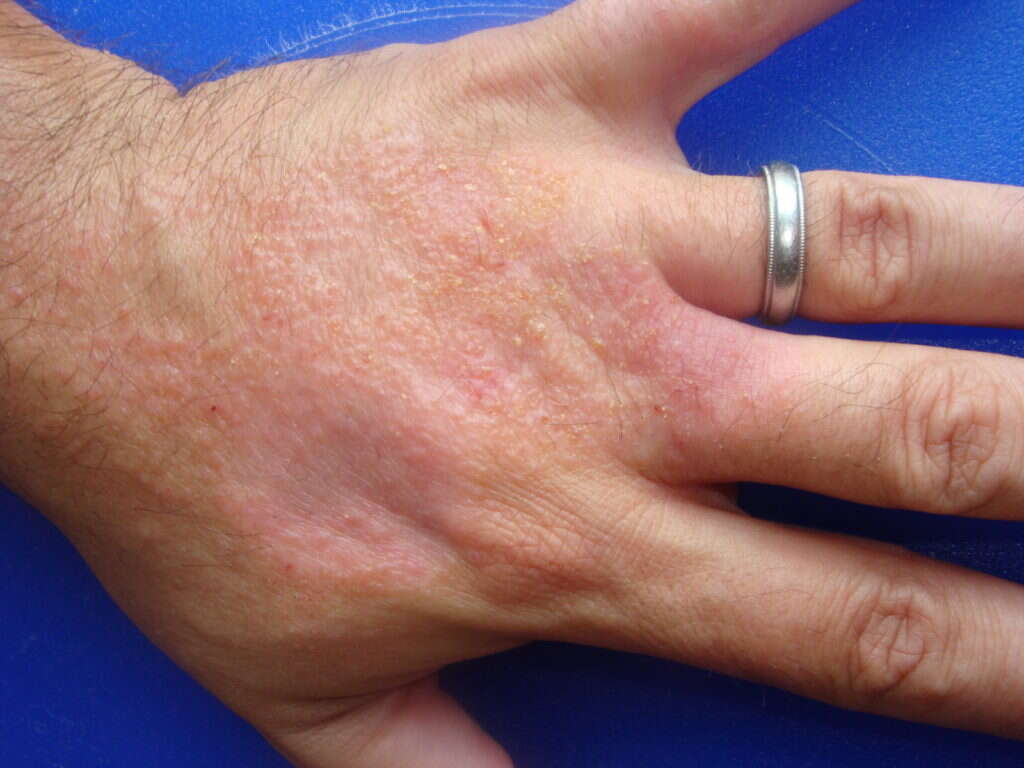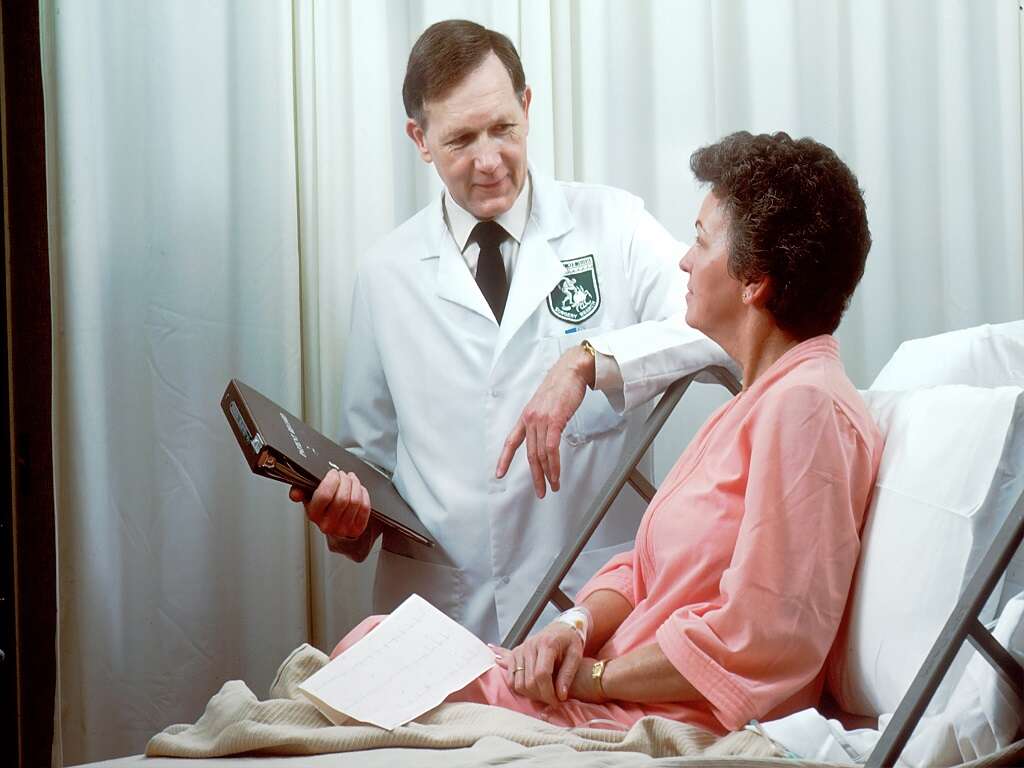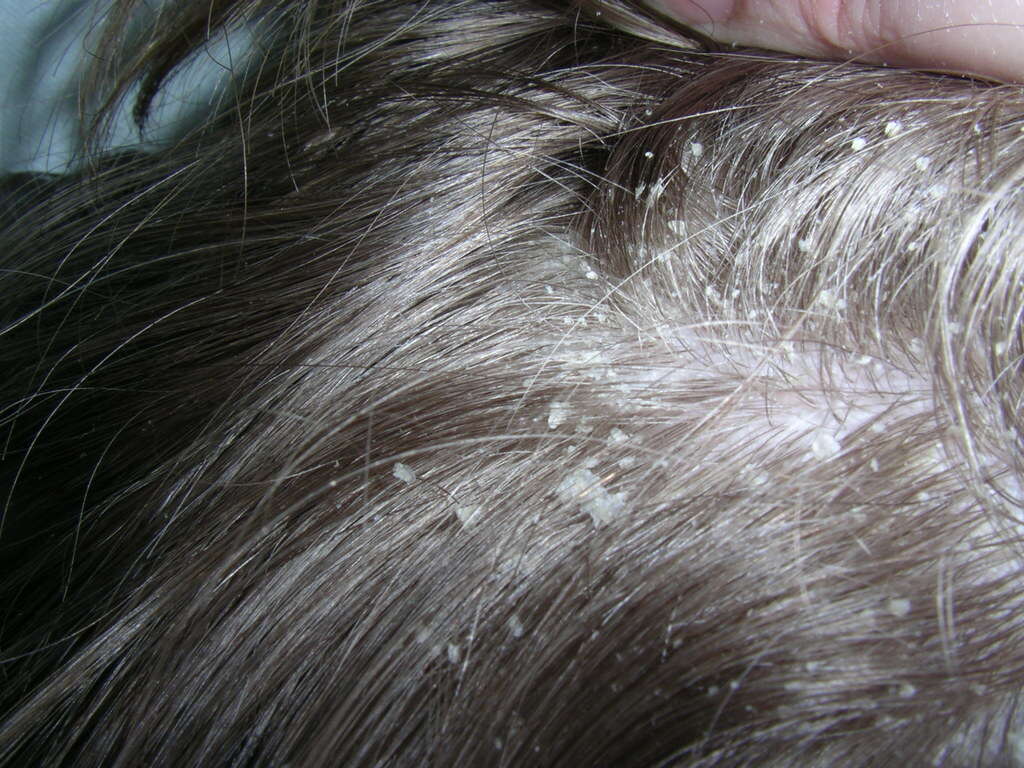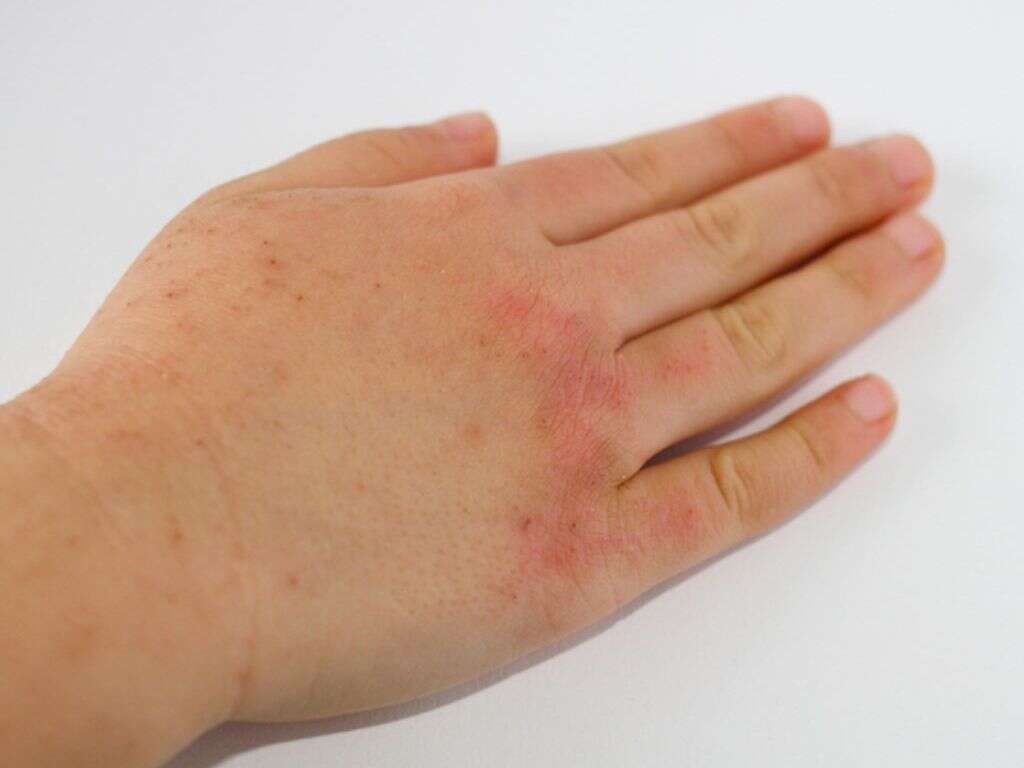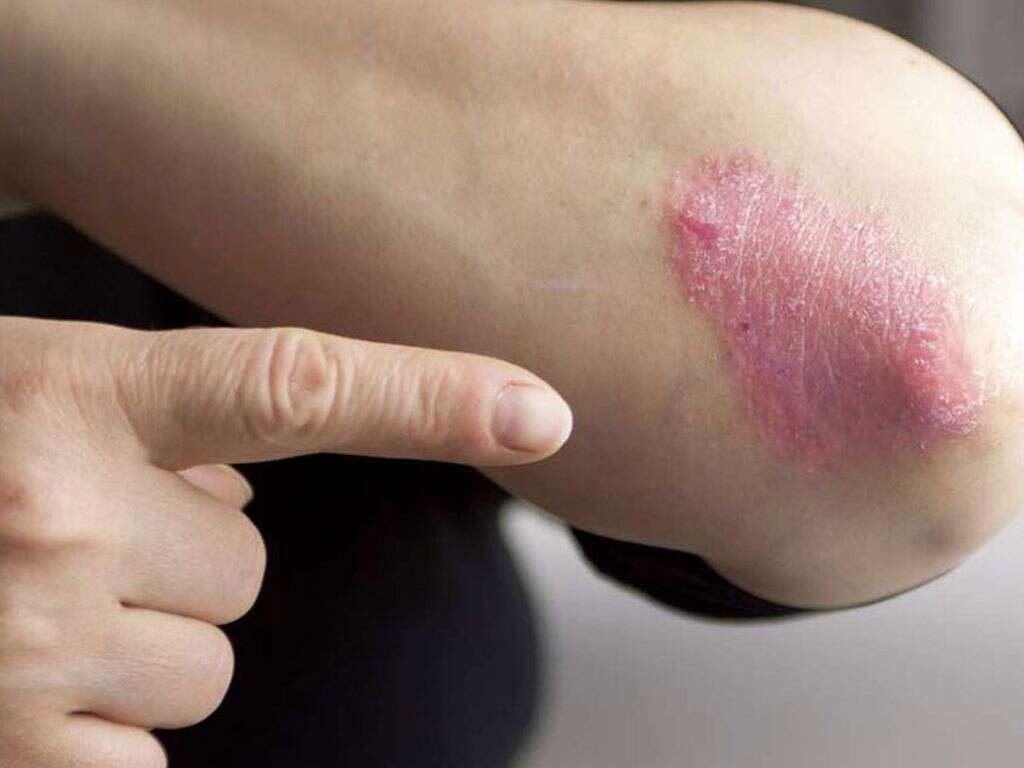Intertrigo Symptoms, Causes & More
 Article Sources
Article Sources
- 1. Metin, Ahmet, et al. 'Recurrent Candidal Intertrigo: Challenges and Solutions.' Clinical, Cosmetic and Investigational Dermatology, Dove Medical Press, 17 Apr. 2018, www.ncbi.nlm.nih.gov/pmc/articles/PMC5909782/
- 2. MP;, Boehncke WH;Schön. 'Psoriasis.' Lancet (London, England), U.S. National Library of Medicine, pubmed.ncbi.nlm.nih.gov/26025581/
- 3. A;, Janniger CK;Schwartz RA;Szepietowski JC;Reich. 'Intertrigo and Common Secondary Skin Infections.' American Family Physician, U.S. National Library of Medicine, pubmed.ncbi.nlm.nih.gov/16156342/
Intertrigo, or intertriginous dermatitis, refers to an inflammatory rash that occurs between the folds of the skin. Specifically, the rash occurs on areas of the body where skin rubs against skin. These areas include the groin, the armpits, within fat folds and under the breasts.
The rash is a result of moisture, friction and inadequate airflow. The moisture and warmth in these folds provide a suitable environment for yeast, also known as Candida albicans.1Metin, Ahmet, et al. ‘Recurrent Candidal Intertrigo: Challenges and Solutions.’ Clinical, Cosmetic and Investigational Dermatology, Dove Medical Press, 17 Apr. 2018, www.ncbi.nlm.nih.gov/pmc/articles/PMC5909782/ Other microorganisms, such as bacteria and fungi, may infect the rash and exacerbate the symptoms of intertrigo.
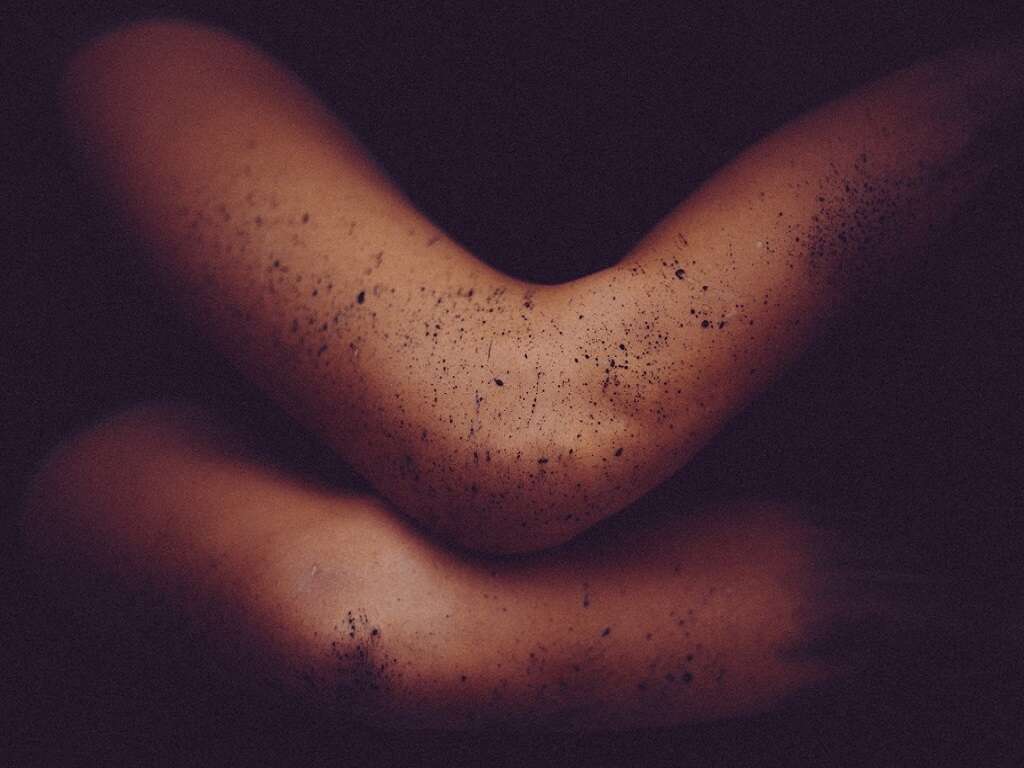
1. Symptoms
The primary characteristic of intertrigo is a deep red, glistening, macerated rash that has scaly edges. The rash appears just beyond the boundaries of the opposing folds of skin, and it may sting, burn or itch. In babies and incontinent adults, intertrigo may seem like a diaper rash.
Contact with feces and urine can make the rash worse and slow down healing. Intertrigo and skin infections such as Candida can also be characterized by satellite lesions. These are smaller patches of the rash appearing near the main rash. Note that Candida does not cause intertrigo directly.

2. Causes
Simple intertrigo may occur as a result of a combination of high temperature, humidity and friction within the folds of skin. Various conditions, such as erythrasma, dermatophytic fungal intertrigo, Candida intertrigo and irritant or allergic reactions to certain chemicals may further complicate the condition.1Metin, Ahmet, et al. ‘Recurrent Candidal Intertrigo: Challenges and Solutions.’ Clinical, Cosmetic and Investigational Dermatology, Dove Medical Press, 17 Apr. 2018, www.ncbi.nlm.nih.gov/pmc/articles/PMC5909782/
Some rare dermatological diseases may also occur in the intertriginous zones. Likewise, Group A strep may also result in an uncommon form of skin infection that leads to severe intertrigo in the groin, neck, toe webs or perianal tissue.
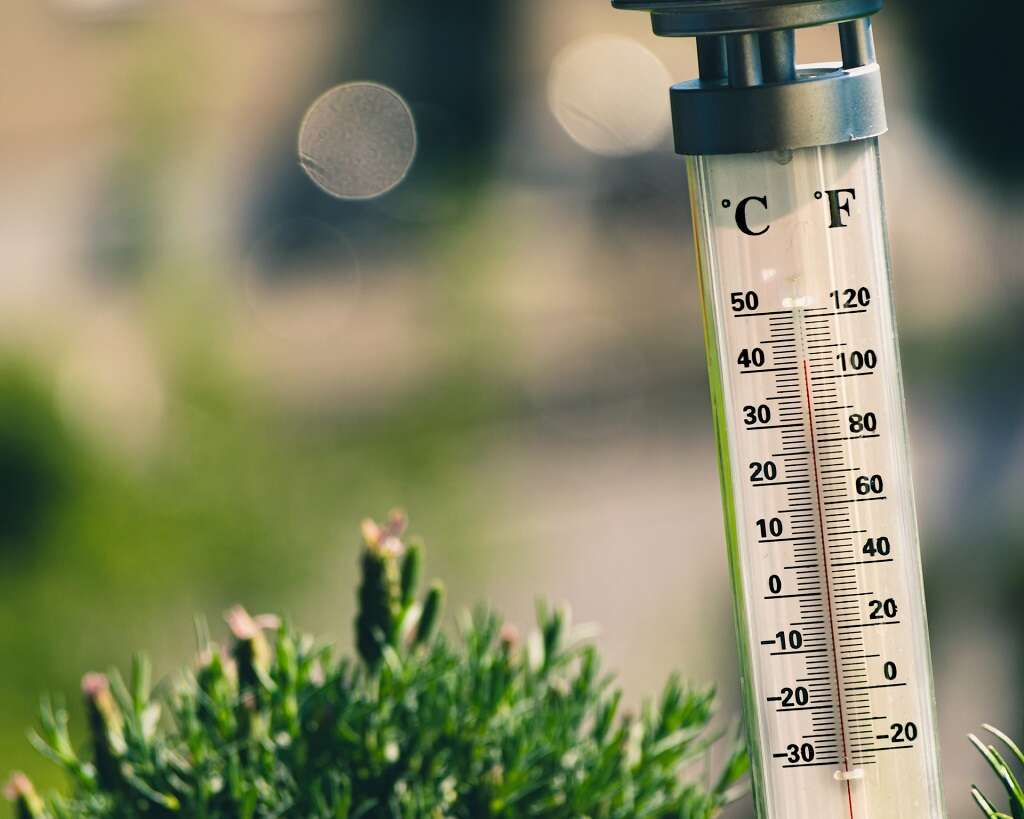
3. Risk Factors
There are a number of risk factors associated with intertrigo.1Metin, Ahmet, et al. ‘Recurrent Candidal Intertrigo: Challenges and Solutions.’ Clinical, Cosmetic and Investigational Dermatology, Dove Medical Press, 17 Apr. 2018, www.ncbi.nlm.nih.gov/pmc/articles/PMC5909782/ These include being overweight or obese, being diabetic and having psoriasis. Diaper-wearing children and incontinent adults are susceptible to the condition, as do people wearing a brace, splint or prosthetic limb.
Additionally, people who have a suppressed immune system as a result of HIV or chemotherapy are vulnerable. Hot, humid weather also increases the likelihood of developing intertrigo, as does exposure of skin to feces or urine.

4. Diagnosis
Consideration of a person's risk profile and observation of the characteristic appearance of the rash may serve as the basis for diagnosing many cases of intertrigo.1Metin, Ahmet, et al. ‘Recurrent Candidal Intertrigo: Challenges and Solutions.’ Clinical, Cosmetic and Investigational Dermatology, Dove Medical Press, 17 Apr. 2018, www.ncbi.nlm.nih.gov/pmc/articles/PMC5909782/ The doctor may perform a KOH test to aid the diagnosis.
The doctor scrapes off dead skin cells onto a slide, adds some potassium hydroxide solution, heats the mixture and observes it under a microscope to see if yeast is present. A bacterial culture may help to identify bacterial infections.
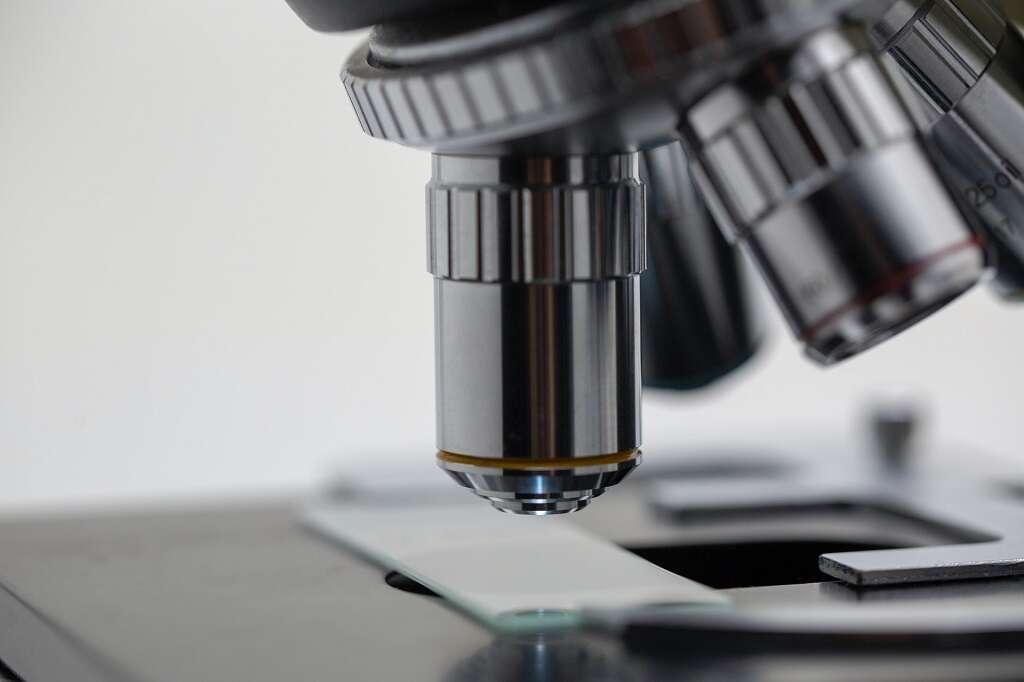
5. Intertriginous Psoriasis vs. Intertrigo
Intertriginous psoriasis, also referred to as flexural or inverse psoriasis, is a form of psoriasis that occurs in the folds of the skin. Psoriasis is an autoimmune condition, meaning it occurs when the body's immune system fights its own tissues or cells.2MP;, Boehncke WH;Schön. ‘Psoriasis.’ Lancet (London, England), U.S. National Library of Medicine, pubmed.ncbi.nlm.nih.gov/26025581/
Intertrigo is not an autoimmune disorder. It's a skin disease that results from skin-on-skin friction in warm and moist areas of the body. In contrast, intertriginous psoriasis is a chronic condition.

6. Treatment
Barrier oil treatments like zinc oxide and petrolatum may help treat simple, uninfected intertrigo. Saturating cotton compresses with a drying solution and applying it on the skin for about 30 minutes several times a day may help treat the rash.
Fungal infections such as Candida can be treated with antifungal prescription or over-the-counter topical creams. Prescription antibiotic ointments may treat bacterial infections. A doctor may also prescribe a topical steroid cream to relieve the itching.
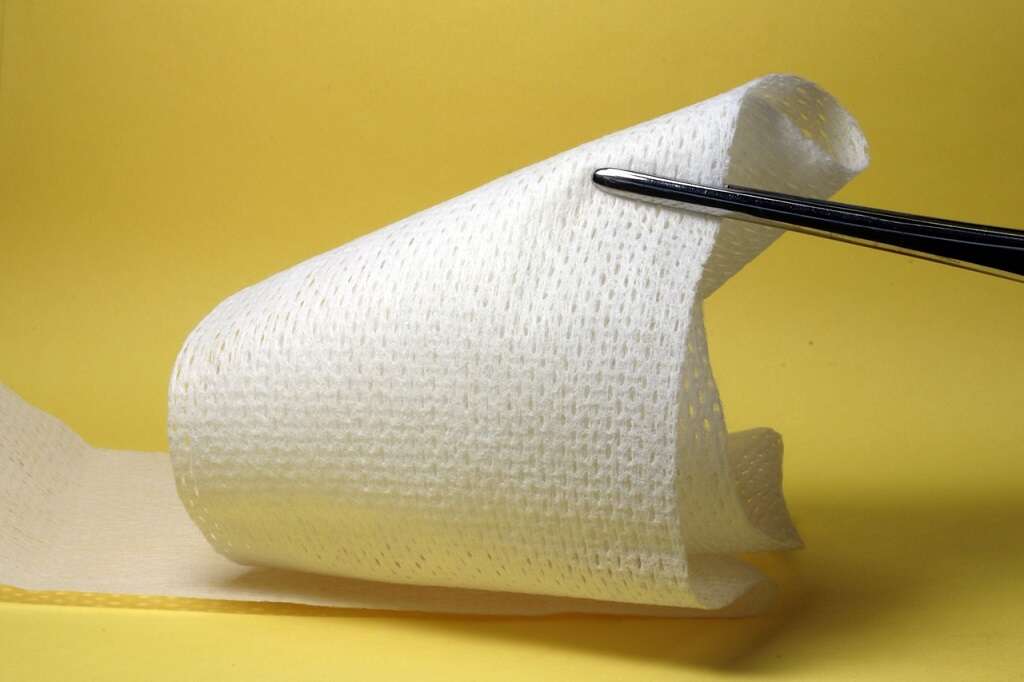
7. Complications
Various microorganisms can complicate intertrigo, so they need to be removed to improve the condition.3A;, Janniger CK;Schwartz RA;Szepietowski JC;Reich. ‘Intertrigo and Common Secondary Skin Infections.’ American Family Physician, U.S. National Library of Medicine, pubmed.ncbi.nlm.nih.gov/16156342/ Intertriginous zones are susceptible to fungal infections, so a person with intertrigo must undergo the appropriate tests, such as the microscopic analysis of skin scrapings, to rule out the possibility of a fungal infection.
Many skin diseases have symptoms similar to intertrigo but require distinct treatment. When the condition proves unresponsive to initial treatment, further diagnosis is required to identify other treatment options.

8. Home Remedies for Intertrigo
Home treatment for intertrigo aims to remove moisture from the skin fold and treat the infection behind the skin rash. Pressing absorbent dressing, such as gauze, a menstrual pad or a Telfa pad against the rash can help dry the skin fold. Using a blow dryer or fan may also help.
Once the moisture is removed, the application of skin powder can help keep it dry and reduce the risk of infection by microbes. Vinegar treatment and some over-the-counter topical solutions may offer some relief.
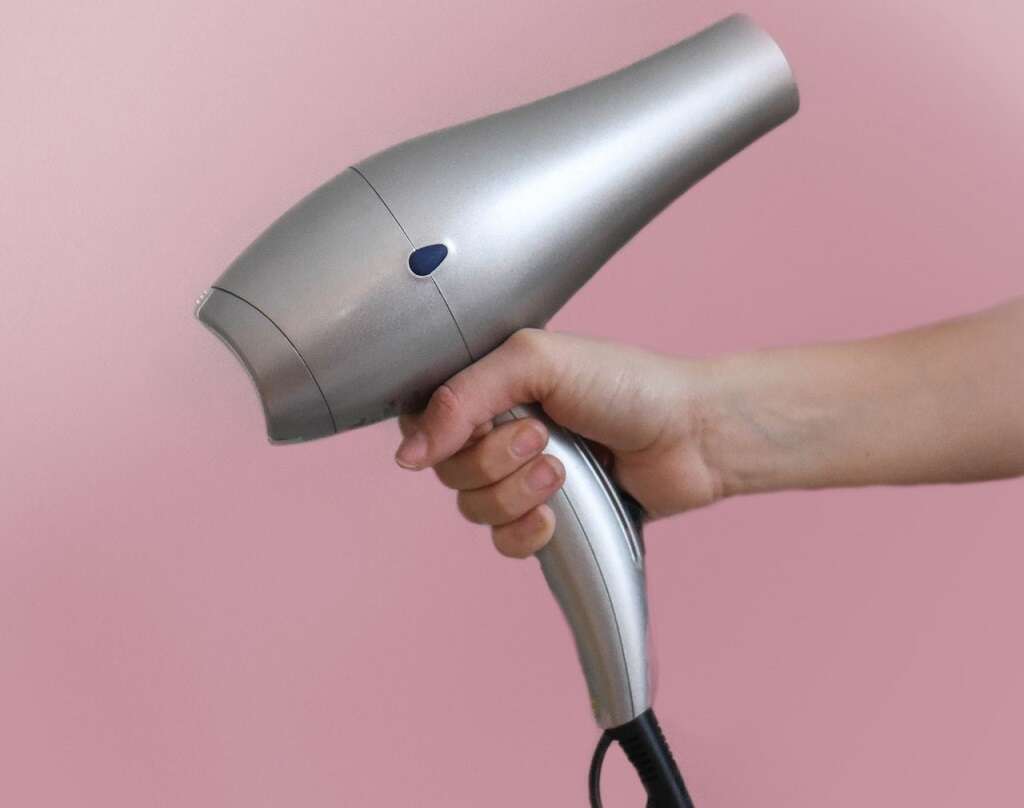
9. Prevention
There are several lifestyle choices a person can make to prevent Intertrigo. For example, it is important to keep the skin cool and dry. People should wear only well-fitting clothes, and women should wear a bra that provides effective support.
Likewise, wearing clothes made from cotton or other absorbent fabrics may help. People who are overweight can try to solve the problem by embarking on a weight management program. Lastly, showering and toweling off is a must after a workout at the gym.

10. A Final Word
Intertrigo can be a persistent and uncomfortable condition. So, it is advisable to take preventive measures seriously and to make every effort to remove or reduce any risk factors to which a person may be exposed.
Even in cases where an individual is certain intertrigo is, in fact, the skin condition that is causing them discomfort, it is recommended to consult a general care physician or a dermatologist to receive a proper diagnosis and effective treatment.



